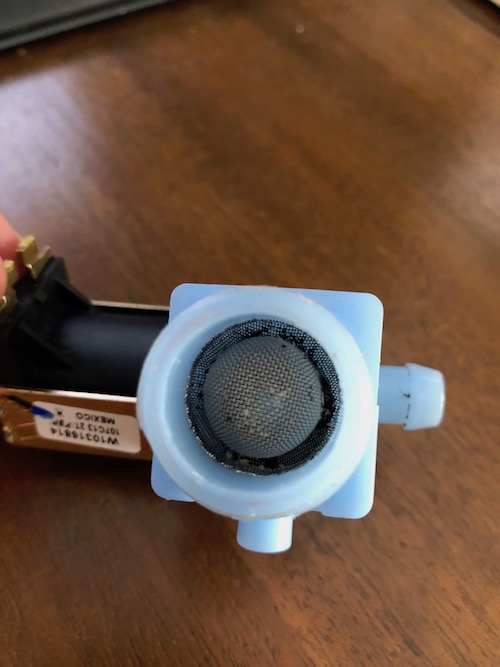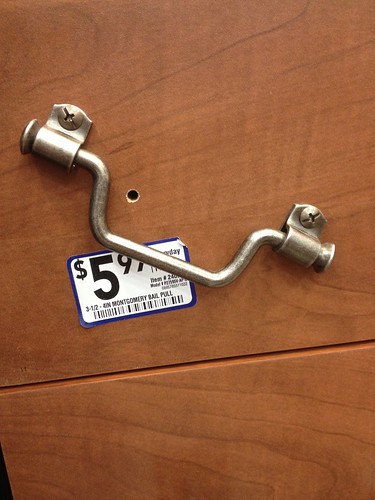How to Deal with Frozen Pipes and a Broken Whirlpool Dishwasher
2018 is here and so is a blast of subfreezing arctic air.
With so many new low record temperatures set in the past few days, it is no surprise that pipes are freezing.
Burst Dishwasher Water Inlet Valve
One such victim of the cold weather was my Whirlpool WDT790SAYW2 Gold Series dishwasher. After a particularly frigid night my wife went to unload the dishwasher and discovered that it had not run over night as intended. I figured that the waste line had frozen again despite my previous attempts (see here) at insulating the wall. We opened the cabinets to let warm air circulate and removed the bottom access panel of the dishwasher.
Later in the morning as I was washing some dishes in the sink I heard water start to run below the dishwasher. I quickly turned the water supply line off, and it was a good thing that I was there. The ice had melted and the culprit was quickly discovered when I pulled the dishwasher out from under the cabinetry. The water inlet valve had burst.
Removing the part is simple.
- Turn off the electrical breakers feeding the dishwasher
- Turn off the water supply line
- Unthread the water supply line
- Unscrew the single mounting screw holding the part in place.
- Disconnect the electrical harness connected to the solenoid.
- Use pliers to loosen the clamp on the black outlet hose and remove the hose.
There is an inlet filter screen that you should check if your dishwasher is not getting sufficient water. The filter might be clogged.
Installation is the reverse and takes about 5 minutes. The part is about $25 and requires needle nose pliers and a flat head screwdriver.
Part # W10316814 (Amazon)
Alternate part # W10327249 (Amazon)
This part seems to be compatible with certain Kitchenaid dishwashers as well because Whirlpool and Kitchenaid belong to the same umbrella of companies.
Frozen Pipes
I also checked in on the vacant apartment that I manage and discovered that it had some frozen pipes.
The first thing to do is open up the cabinets to let air circulate.
In this case, the cold water pipe was frozen, but the hot water pipe was still open. I cranked the apartment thermostat up from 62 to 75.
Turning on the still working hot water pipe also helps warm up the blockage. After about an hour, the ice had melted and the water was flowing again. No permanent damage was done.
The other frozen pipe was located in the crawlspace. I am a firm believer in fixing the underlying problem, so I crawled down there to take a look at what was going on.
While most of the crawlspace was warm, the perimeter had some issues. Above you can see the frozen pipe on the left. You can also see ice forming on the framing around an AC coolant line that exits to the outside.
Using a can of spray foam, I did my best to plug the hole.
 I suspect when the temperatures rise later this week the demand for plumbers is going to skyrocket as pipes thaw out and problems become more apparent. The real damage of a frozen pipe is the thousands of gallons that can spill out and flood a house. If you can catch it early while it is still frozen, you can save yourself a lot of headache.
I suspect when the temperatures rise later this week the demand for plumbers is going to skyrocket as pipes thaw out and problems become more apparent. The real damage of a frozen pipe is the thousands of gallons that can spill out and flood a house. If you can catch it early while it is still frozen, you can save yourself a lot of headache.

















 The bathroom below feels noticeably warmer. It use to be one of the coldest rooms in the house and down right miserable to visit at 4 or 5 in the morning.
The bathroom below feels noticeably warmer. It use to be one of the coldest rooms in the house and down right miserable to visit at 4 or 5 in the morning.





































